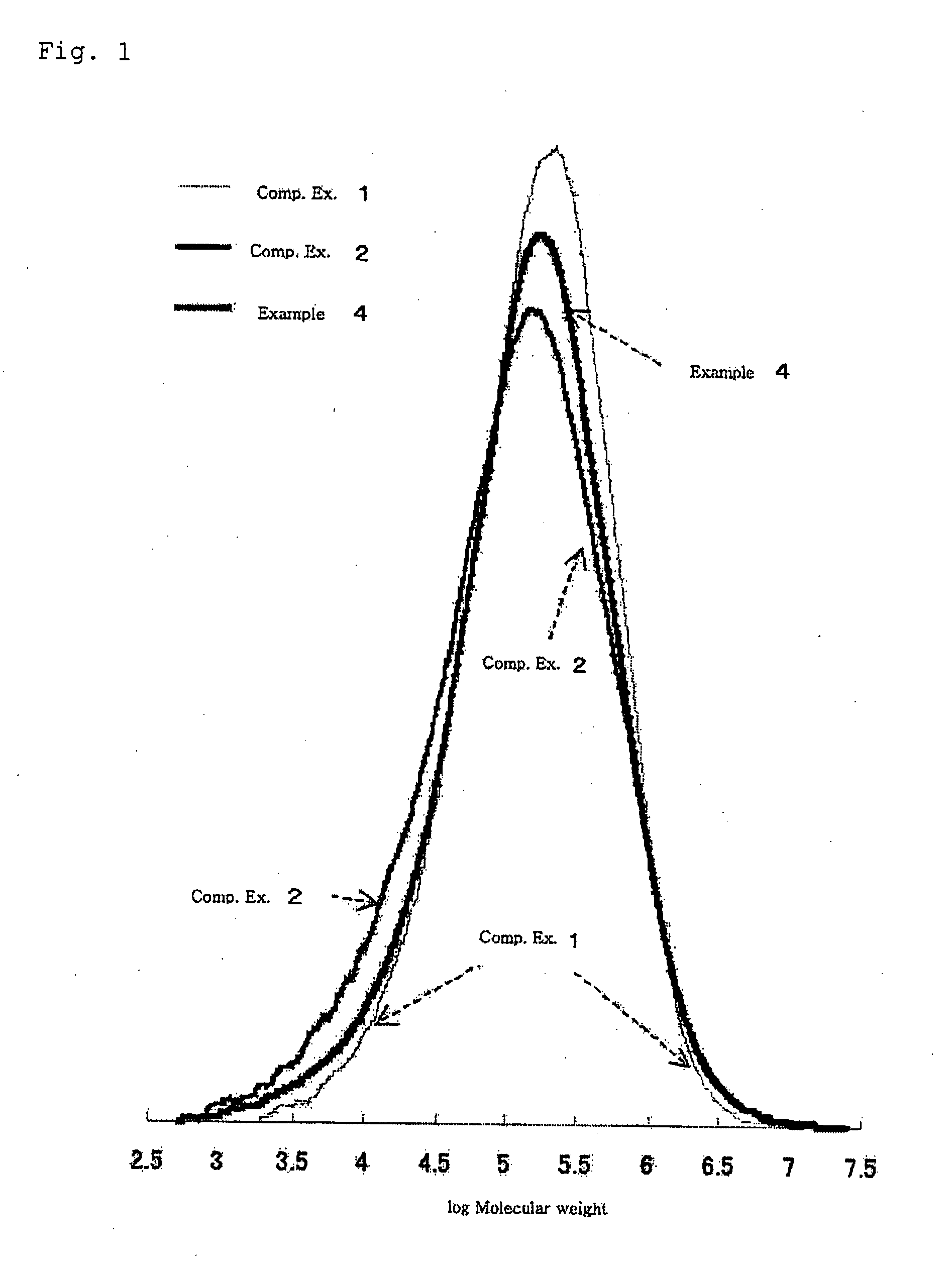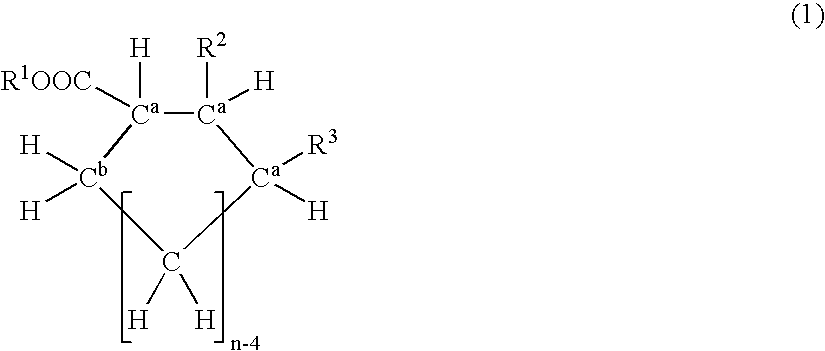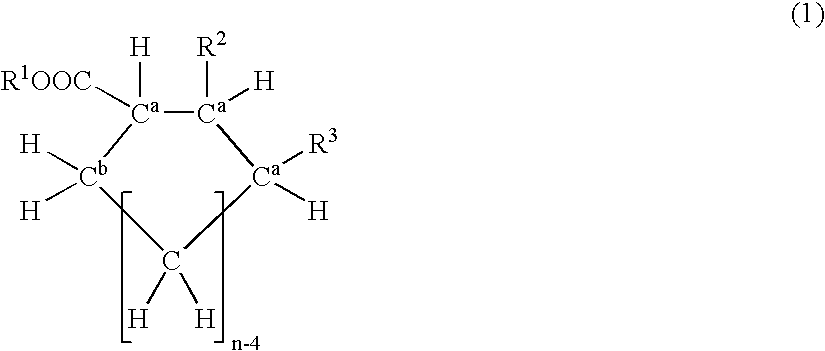Process for Producing Olefin Polymer and Solid Titanium Catalyst Component
a technology of solid titanium and olefin polymer, which is applied in the direction of catalyst activation/preparation, physical/chemical process catalysts, chemical/physical processes, etc., can solve the problems of high cost requirements for catalyst production, and achieve high speed moldability, excellent rigidity, and high stretchability. high
- Summary
- Abstract
- Description
- Claims
- Application Information
AI Technical Summary
Benefits of technology
Problems solved by technology
Method used
Image
Examples
example 1
Production of Solid Titanium Catalyst Component (α1)
[0420]A high speed stirring device having an internal volume of 2 liters (manufactured by Tokushu Kika Kogyo Co., Ltd.) was thoroughly purged with nitrogen, and 700 ml of purified decane, 10 g of commercial available magnesium chloride, 24.2 g of ethanol and 3 g of Leodol (trade name) SP-S20 (sorbitan distearate, manufactured by Kao Corporation) were charged thereinto. While stirring this suspension, the temperature of the system was elevated and the suspension was stirred at 120° C. and 800 rpm for 30 minutes. Then, this suspension was transferred to a 2-liter glass flask (equipped with a stirrer) which was previously charged with 1 liter of purified decane cooled to −10° C. by using a Teflon (registered trade mark) tube having an inner diameter of 5 mm under high speed stirring so as not to generate the precipitates. The solid obtained from this solution was filtered and sufficiently washed with purified n-heptane to obtain a sol...
example 2
Production of Solid Titanium Catalyst Component (α2)
[0428]In the same manner as in Example 1 except that a trans-isomer of diethyl cyclohexane-1,2-dicarboxylate was used instead of diethyl cyclohexane-1,2-dicarboxylate (trans-isomer: 33%), a solid titanium catalyst component (α2) was obtained.
[0429]In the same manner as in Example 1 except that the solid titanium catalyst component (α1) was used instead of solid titanium catalyst component (α2), the propylene polymerization was carried out. The results were shown in Table 1.
example 3
Production of Solid Titanium Catalyst Component (α3)
[0430]In the same manner as in Example 1 except that di-n-octyl cyclohexane-1,2-dicarboxylate (trans-isomer: 29%) was used instead of diethyl cyclohexane-1,2-dicarboxylate (trans-isomer: 33%), a solid titanium catalyst component (α3) was obtained.
[0431]In the same manner as in Example 1 except that the solid titanium catalyst component (α3) was used, the propylene polymerization was carried out. The results were shown in Table 1.
PUM
| Property | Measurement | Unit |
|---|---|---|
| molecular weight distributions | aaaaa | aaaaa |
| molecular weight distributions | aaaaa | aaaaa |
| saturation vapor pressure | aaaaa | aaaaa |
Abstract
Description
Claims
Application Information
 Login to View More
Login to View More - R&D
- Intellectual Property
- Life Sciences
- Materials
- Tech Scout
- Unparalleled Data Quality
- Higher Quality Content
- 60% Fewer Hallucinations
Browse by: Latest US Patents, China's latest patents, Technical Efficacy Thesaurus, Application Domain, Technology Topic, Popular Technical Reports.
© 2025 PatSnap. All rights reserved.Legal|Privacy policy|Modern Slavery Act Transparency Statement|Sitemap|About US| Contact US: help@patsnap.com



